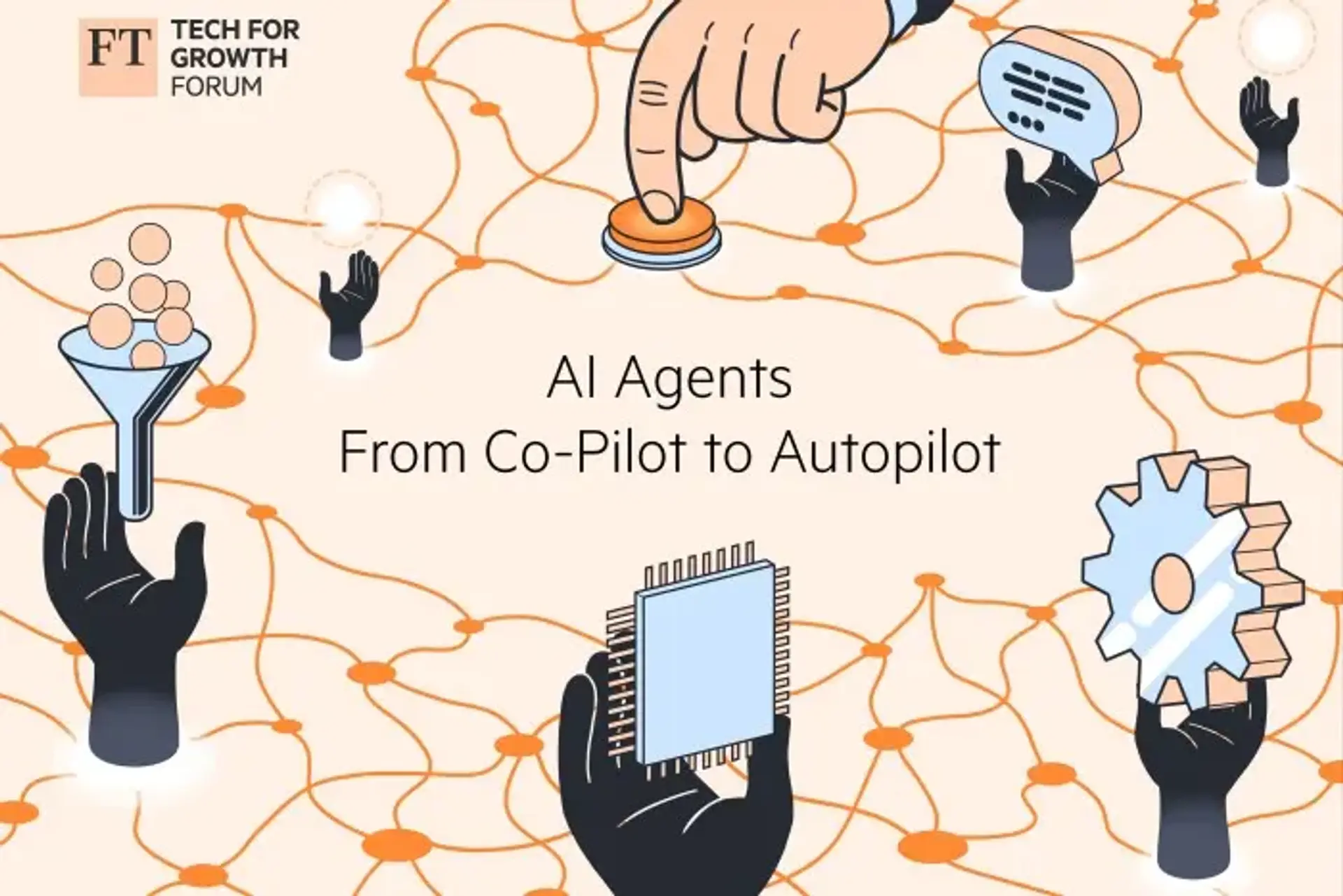Researchers at UCL have successfully used artificial intelligence to distinguish brain cell types by analysing their unique electrical signatures in mice. This breakthrough tackles a long-standing problem in neuroscience, offering a new method to understand the complex workings of the brain. The AI algorithms were trained to recognise patterns in electrical activity, allowing them to accurately classify different types of neurons.
The implications of this research are significant for future studies of brain function and neurological disorders. By identifying specific cell types and their roles, scientists can gain deeper insights into conditions such as Alzheimer's and Parkinson's disease. The AI-driven approach promises to accelerate the pace of discovery, potentially leading to new treatments and therapies.
This innovative use of AI in neuroscience marks a significant step forward, providing a powerful tool for unravelling the complexities of the brain. The ability to automatically classify brain cells based on their electrical activity opens up new avenues for research and could transform our understanding of neurological health and disease.
Related Articles

AI Boosts Delirium Treatment
Read more about AI Boosts Delirium Treatment →
AI Agents: Hype vs. Reality
Read more about AI Agents: Hype vs. Reality →
OpenAI's Stargate Project Expands
Read more about OpenAI's Stargate Project Expands →
AI boosts antiviral discovery
Read more about AI boosts antiviral discovery →
